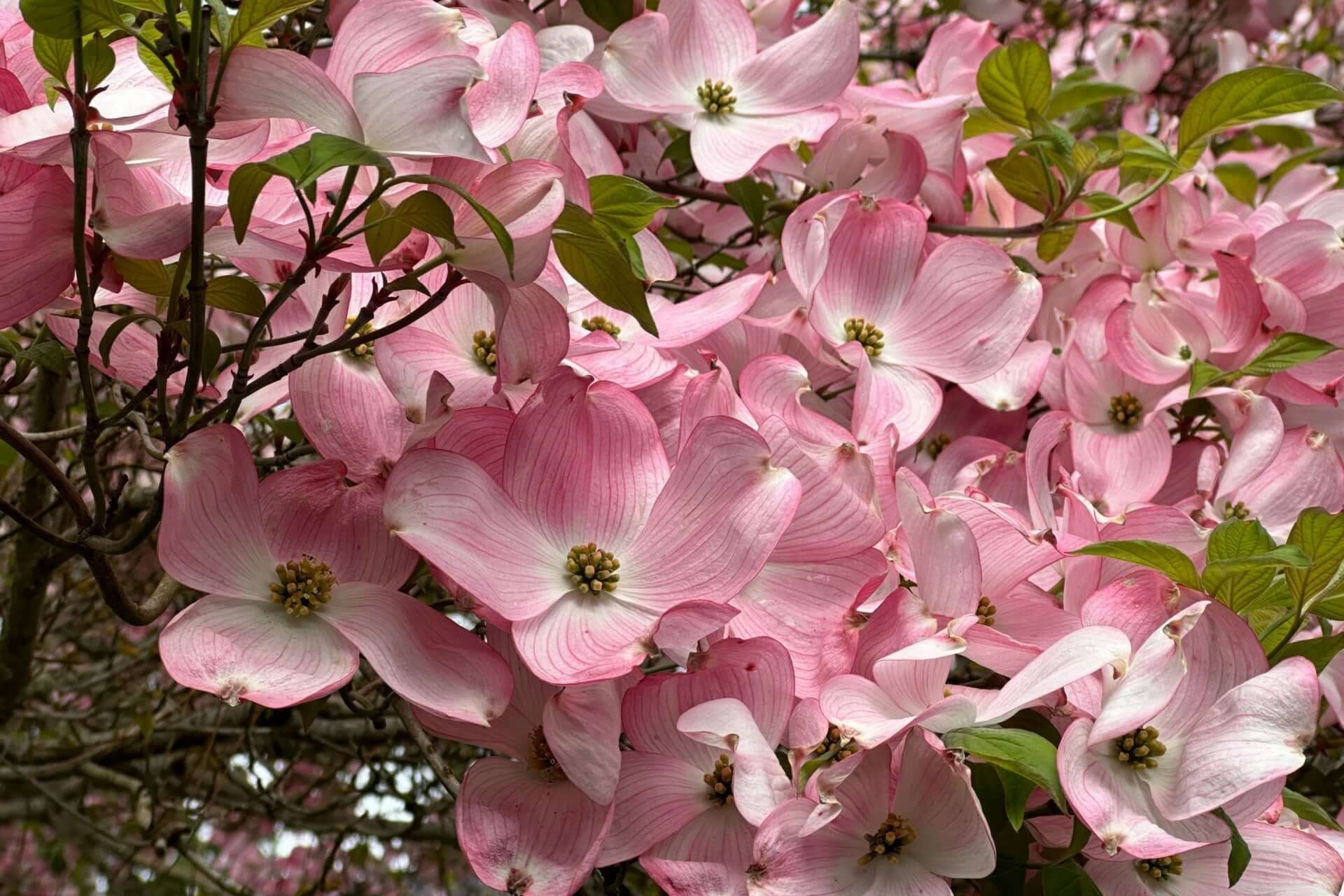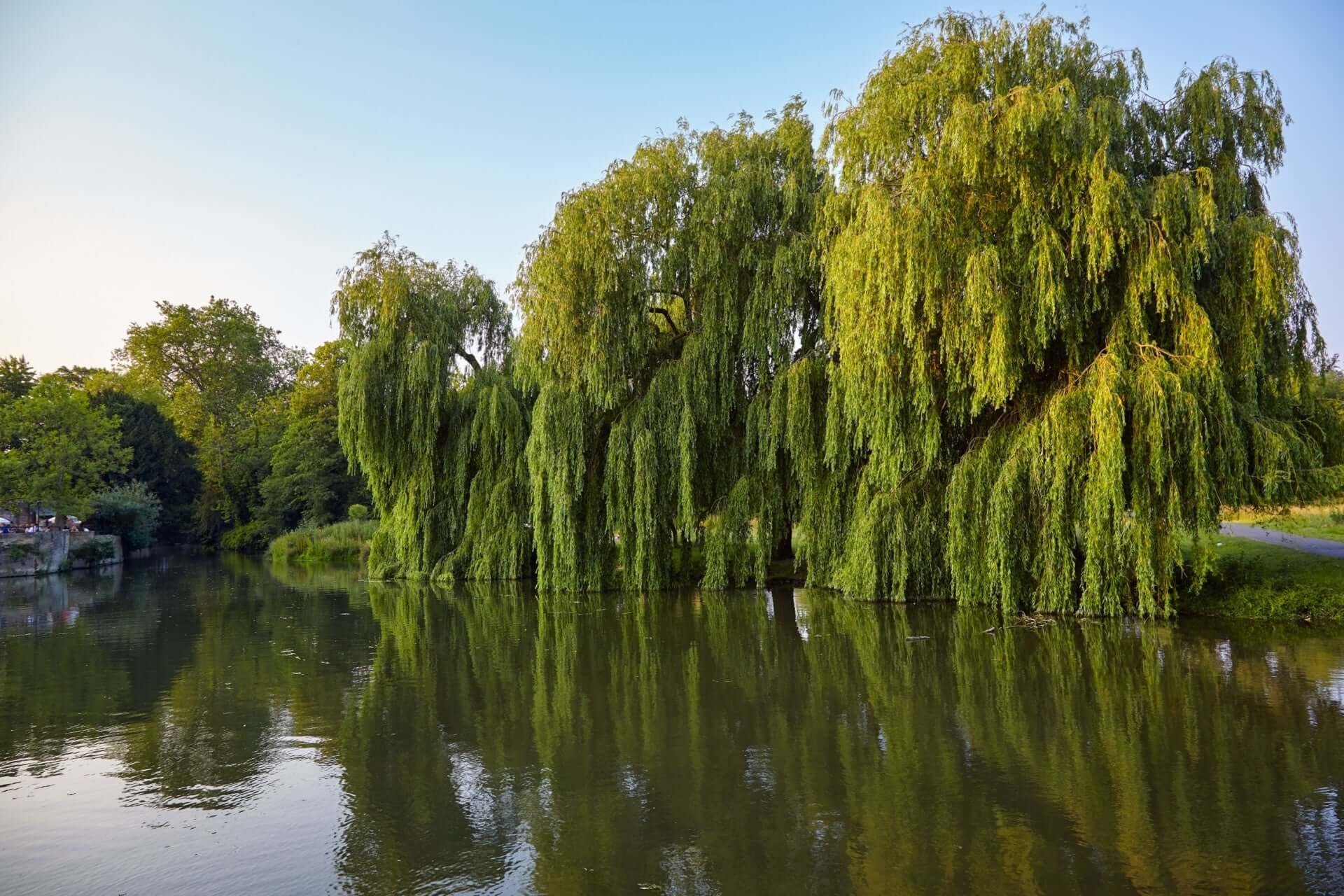
Weeping willows are one of the most iconic and elegant trees. Their long, flowing branches cascade toward the ground, creating a serene and enchanting atmosphere. These majestic trees have been adored for centuries, often symbolizing sorrow, grace, and resilience in literature and art. They offer timeless beauty and practical benefits, making them famous for landscapes, especially near water features. But like any tree, weeping willows have specific traits that must be understood before planting.
How fast do weeping willows grow?
One of the weeping willow's most remarkable characteristics is its rapid growth rate. These trees are well-known for their ability to gain size quickly, making them an ideal choice for gardeners and landscapers looking to establish a lush and mature appearance promptly. In optimal conditions, weeping willows can grow up to eight to ten feet per year, with some trees reaching their full height of 30 to 50 feet in just a few decades.
The secret to this impressive growth rate lies in their adaptability and the efficiency of their root systems. Weeping willows thrive in moist, well-drained soils, where their roots can access a steady water source. This is why they often grow along riverbanks, lakesides, and areas with high water tables. However, they can also adapt to drier soils, although their growth rate might be slower. Their expansive root system enables the tree to seek out water, even in less favorable conditions, increasing its ability to grow.
In addition to their height, the branches of a weeping willow can extend outward just as fast, often creating a canopy that is wider than it is tall. This sprawling growth pattern makes the tree a striking focal point in large landscapes. The rapid establishment of shade provided by the canopy can make the area underneath more relaxed and inviting, perfect for creating a tranquil garden retreat.
What are the negatives of a weeping willow tree?
While weeping willows' beauty and rapid growth make them appealing, they also come with specific challenges that need consideration. The tree's fast-growing nature means its wood is relatively weak and prone to breakage, particularly during storms or strong winds. Branches can snap easily, posing a potential hazard to property or people. Regular pruning helps manage this risk but requires a consistent maintenance schedule.
Another factor to consider is the tree's root system, which, while beneficial for accessing water, can also be quite aggressive. The roots of a weeping willow will search out water wherever they can find it, often extending far beyond the tree's canopy. This behavior can lead to complications if the tree is planted too close to underground plumbing, septic systems, or even structural foundations. Roots can infiltrate pipes, cause clogs, or shift the soil, potentially leading to damage.
Weeping willows also tend to drop a lot of debris throughout the year, including leaves, twigs, and branches. This can be more than just an aesthetic issue, as the fallen materials may need to be cleared regularly, especially if the tree is near water, where debris could clog drainage systems. The moist environment under the tree's canopy, combined with dropped organic material, can also create an ideal habitat for certain fungi or pests, necessitating extra care to keep the tree healthy.
Should I plant a weeping willow in my landscape?
Planting a weeping willow in your yard can be rewarding if you have the appropriate space and conditions to accommodate its unique needs. The key is to give the tree ample room to grow, as its roots and branches will spread extensively. Ideally, weeping willows should be planted at least 50 feet away from buildings, pipes, and other trees. While beneficial for erosion control along stream banks, the wide-reaching roots could pose problems in more urbanized environments.

It is also essential to consider the availability of soil and water. Weeping willows thrive in moist, fertile soil, where they can establish themselves quickly and grow at their best rate. This could be ideal if you have a pond, creek, or low-lying area that tends to stay wet. Regular watering can help the tree establish and maintain its signature lushness even in slightly drier conditions.
For those in colder climates, weeping willows are pretty hardy, tolerating various temperature ranges and resilient against many pests. However, if you're in an area prone to drought, extra care is required to ensure the tree receives sufficient moisture, particularly during its early years.
Willow VS Weeping Willow?
The willow family encompasses various species, all of which share specific characteristics but differ significantly in appearance and growth habits. Weeping willows drooping branches, which create a "weeping" effect as they cascade towards the ground. This unique form makes it a standout among willow species and gives it a romantic, almost ethereal look.
Other willow varieties may not have this dramatic draping effect; instead, they grow upright with straighter branches and narrower crowns. Some willows, like the pussy willow or black willow, are more shrub-like or grow in a bushier form. These species are often selected for landscaping, such as forming natural hedges, providing quick shade, or stabilizing soil in erosion-prone areas.
The botanical distinction also extends to the tree's usage in landscape design. Weeping willows are commonly chosen for ornamental planting, where their shape can be admired. Other willows may be used for practical purposes, such as erosion control, crafting with willow wood, or creating wildlife habitats.
Ultimately, choosing a weeping willow over another willow species depends on the intended aesthetic and the available space. Their timeless grace and utility in suitable environments make them an attractive option for large landscapes, where they can fully express their weeping form and provide natural beauty that is both captivating and enduring.
In conclusion, weeping willows offer an unmistakable charm that can transform landscapes into tranquil retreats. However, understanding their rapid growth, potential drawbacks, and specific planting requirements is crucial to ensuring they remain an asset rather than a challenge. When placed in the right environment, these magnificent trees can bring peace and natural elegance that few others can match.
Read more

White Dogwood is an ideal choice for those seeking a tree that will reward them with beauty for many years. With its delicate balance of resilience and elegance, this tree embodies the charm and gr...

The Pink Princess Dogwood specializes in ornamental trees, bringing elegance and a pop of color to various garden styles. Its manageable size, coupled with its vibrant blooms and multi-seasonal int...



